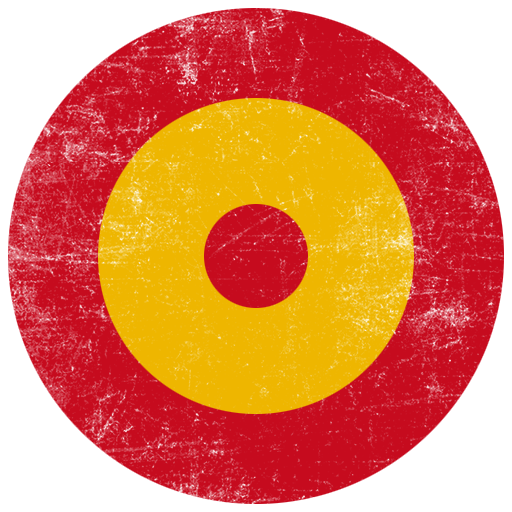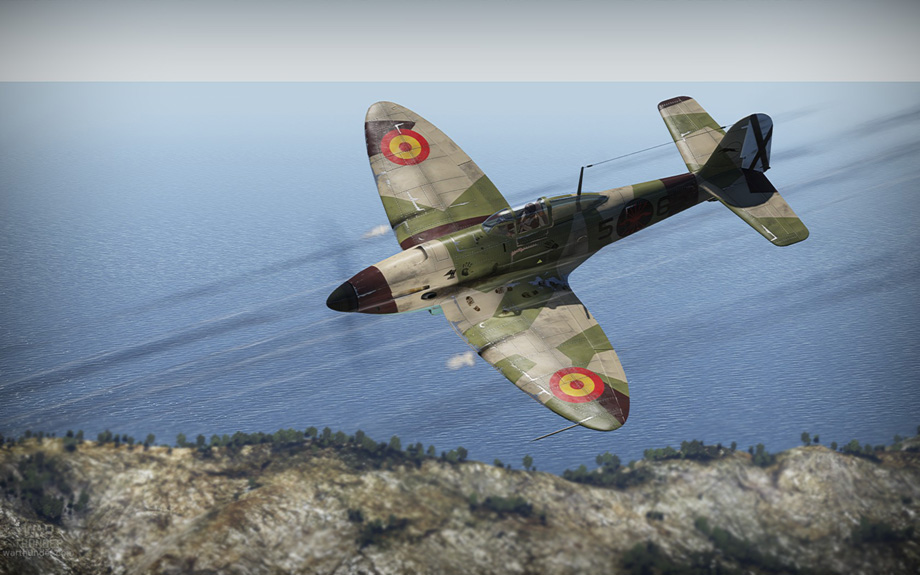
- For PC
- For MAC
- For Linux
- OS: Windows 7 SP1/8/10 (64 bit)
- Processor: Dual-Core 2.2 GHz
- Memory: 4GB
- Video Card: DirectX 10.1 level video card: AMD Radeon 77XX / NVIDIA GeForce GTX 660. The minimum supported resolution for the game is 720p.
- Network: Broadband Internet connection
- Hard Drive: 17 GB
- OS: Windows 10/11 (64 bit)
- Processor: Intel Core i5 or Ryzen 5 3600 and better
- Memory: 16 GB and more
- Video Card: DirectX 11 level video card or higher and drivers: Nvidia GeForce 1060 and higher, Radeon RX 570 and higher
- Network: Broadband Internet connection
- Hard Drive: 95 GB
- OS: Mac OS Big Sur 11.0 or newer
- Processor: Core i5, minimum 2.2GHz (Intel Xeon is not supported)
- Memory: 6 GB
- Video Card: Intel Iris Pro 5200 (Mac), or analog from AMD/Nvidia for Mac. Minimum supported resolution for the game is 720p with Metal support.
- Network: Broadband Internet connection
- Hard Drive: 17 GB
- OS: Mac OS Big Sur 11.0 or newer
- Processor: Core i7 (Intel Xeon is not supported)
- Memory: 8 GB
- Video Card: Radeon Vega II or higher with Metal support.
- Network: Broadband Internet connection
- Hard Drive: 95 GB
- OS: Most modern 64bit Linux distributions
- Processor: Dual-Core 2.4 GHz
- Memory: 4 GB
- Video Card: NVIDIA 660 with latest proprietary drivers (not older than 6 months) / similar AMD with latest proprietary drivers (not older than 6 months; the minimum supported resolution for the game is 720p) with Vulkan support.
- Network: Broadband Internet connection
- Hard Drive: 17 GB
- OS: Ubuntu 20.04 64bit
- Processor: Intel Core i7
- Memory: 16 GB
- Video Card: NVIDIA 1060 with latest proprietary drivers (not older than 6 months) / similar AMD (Radeon RX 570) with latest proprietary drivers (not older than 6 months) with Vulkan support.
- Network: Broadband Internet connection
- Hard Drive: 95 GB
Spanish He112 B-0 from Tauima/Nador airfield, Spanish Morocco, 1942-1943 skin by Storm_Crow | download here
|
|
| The Lohner B.I Pfelflieger |
The story of the Spanish Air Force (Ejército del Aire - literally Air Army; Army of the Air) starts out with hot air balloons, and later a dirigible (or airship) that were first established as military aircraft back in 1896. The first official airplane use, however, was in 1909, when the National Aviation School, Escuela Nacional de Aviación was formed. This was ,however, merely a civilian flight school, and later the army militarized it to create the Aeronáutica Española.
December 1913 was the first time the Aeronáutica Española was put to use, in the Spanish-Moroccan war. Not only that, it was the first time in history that an organized military flight unit was used actively in a war, during bombing runs in Lohner airplanes. Between the Moroccan War and the Spanish Civil War, there was not much aircraft activity in the military, aside from the Rifian War in 1920. However an interesting fact to note was the first Trans-Atlantic flight from Spain to Southern America, completed successfully in 1926.
During the Spanish Civil War (1936-1939), the airforce was divided into two sides: The Republican Air Force (also sometimes referred to as "La Gloriosa" and the Nationalist Air Force. The Republicans used many obsolete planes, and only had a handful of planes that could be considered up-to-date (The most modern of these was the Douglas DC-2, that was converted from a civilian airliner to a military transport). The Republican airforce retained most of the 60 Breguet XIX, 27 Vickers Vildebeest and Hispano-Nieuport Ni-52 planes that were in the possession of the pre-civil war airforce, as they still controlled most of the Spanish territory. They also ordered, from France, 14 Dewoitine D.371, 10 Dewoitine D.373 and 49 Potez 540 aircraft. However, these were all inferior to the planes of the Nationalist airforce. A reported 1000 pilots from the Soviet Union also flew in the lines of the Republican army. Most of these pilots flew the Polikarpov I-16.
|
|
| Italian Savoia-Marchetti SM.81 |
The Nationalist airforce (Aviación Nacional) used a few planes taken from the Republicans at the start of the revolt, however, the majority of their airforce came from Nazi Germany and Fascist Italy. These planes were supplied to the Nationalists almost immediately at the start of the coup, and it gave them a massive advantage over the Republicans. The majority of the planes fighting in the war were the fighters Fiat CR-32s and Heinkel He-51s, and the bombers Junkers Ju-52 and Savoia-Marchetti SM-81. In addition to this, the German ‘Condor Legion’ and the Italian ‘Aviazione Legionaria’ were also helping the Nationalists. These were, respectively, squadrons with German and Italian pilots, equipped with planes of their country’s own make, but they fought for Nationalist Spain.
Both sides were also supported by various other countries, though their involvement did not contribute much to the final outcome. Notable examples of these are Irish volunteers on the Nationalist side, and Mexican volunteers for the Republican side.
During WWII, the composition of the Nationalist Air Force was still mostly Italian and German, or copies of them. An interesting example of this is the HA-1112-M1L Buchón, which was nothing else but a licensed manufacture of the Messerschmitt Bf 109, outfitted with a more powerful Rolls-Royce Merlin 500-45 engine.
After the death of Francisco Franco, the Ejército del Aire slowly modernised to meet NATO standards. Today, it includes aircraft such as the Eurofighter Typhoon, and engages actively in the research and manufacture of EU aircraft.
Sergej “NuclearFoot” Hrustic
To honor the Spanish Air Force and Spanish pilots, we present the Spanish Air Force roundel, which will be added to War Thunder:





